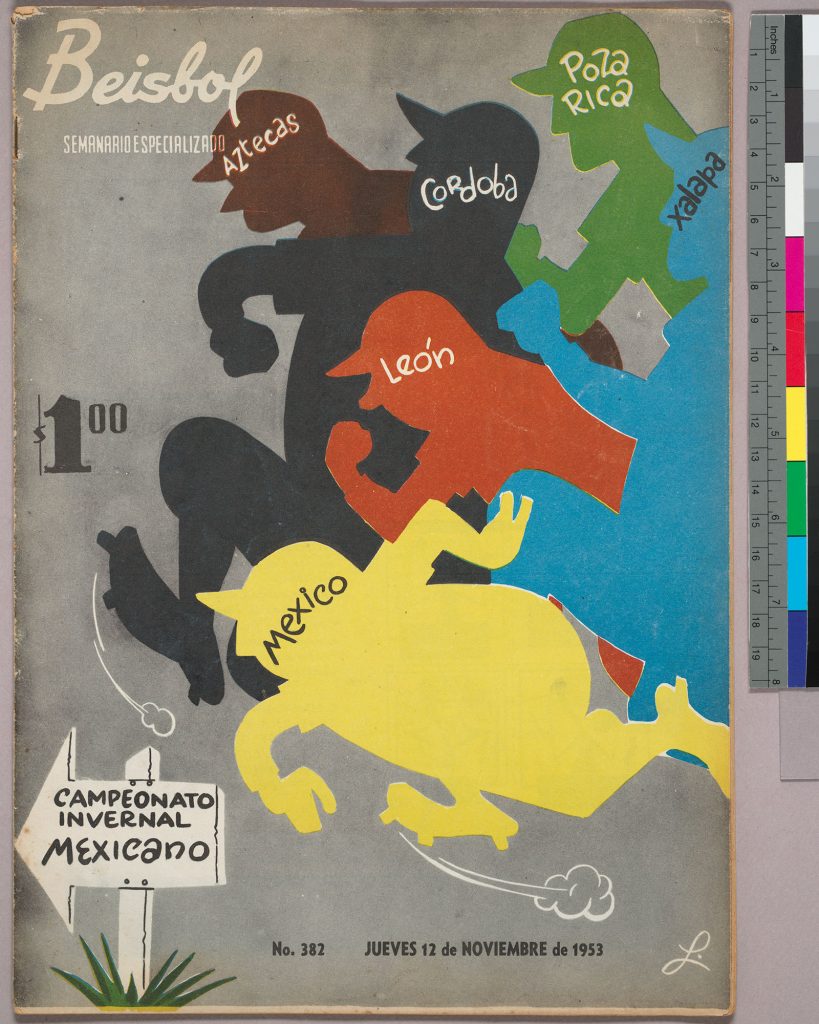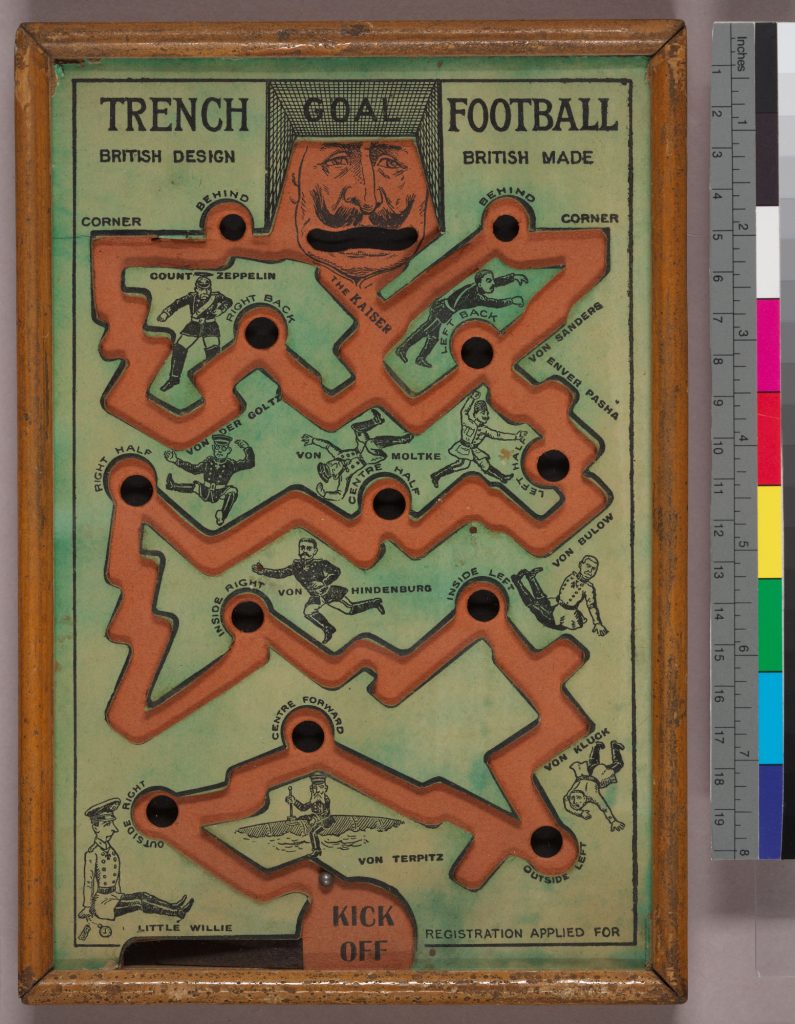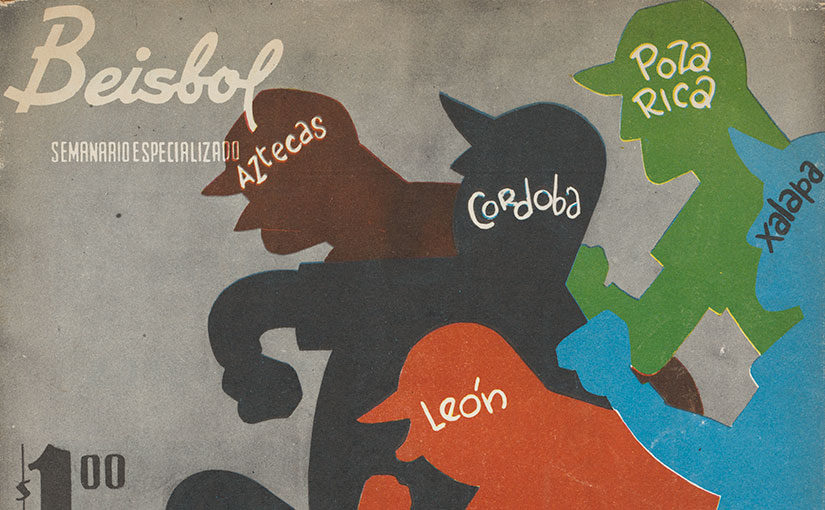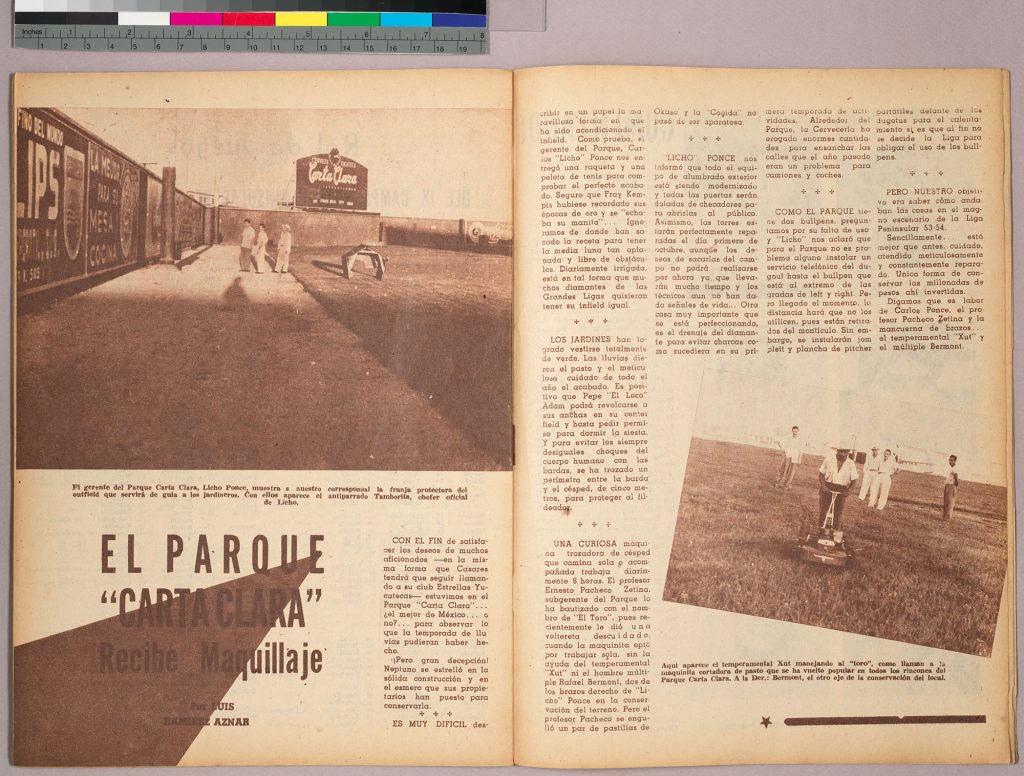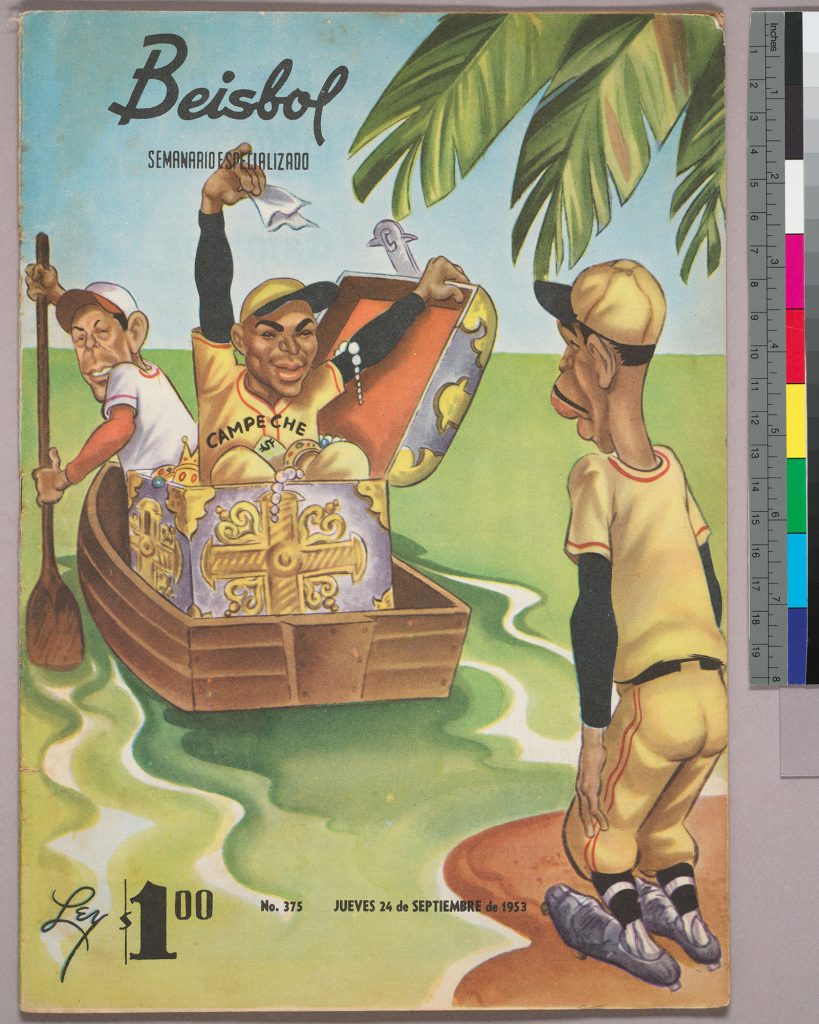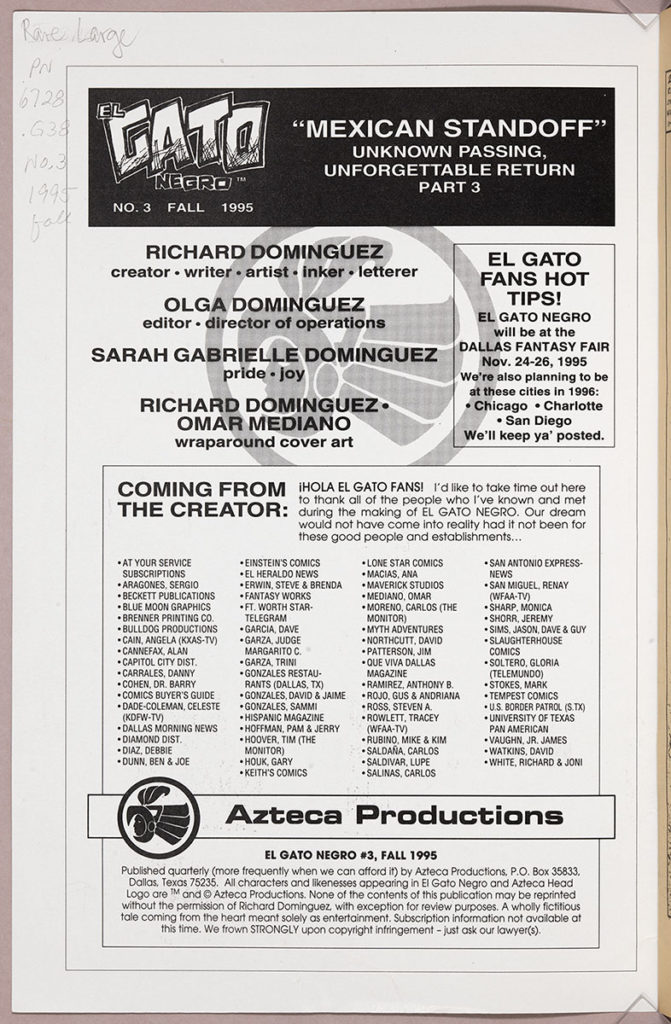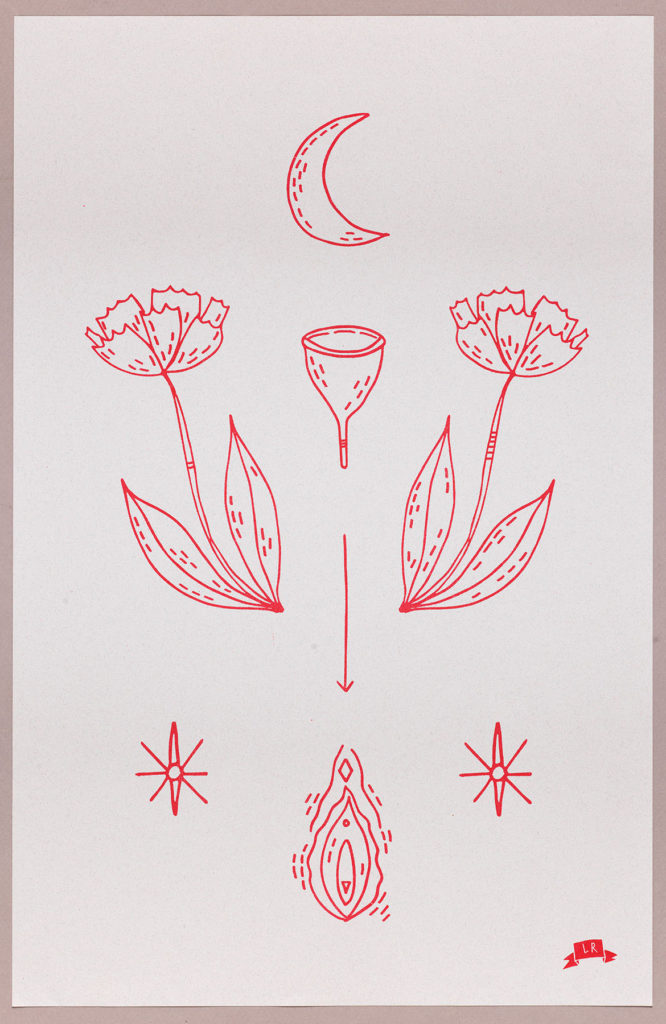Rare Books and Special Collections welcomes students, faculty, staff, researchers, and visitors back to campus for Spring ’25! Here are a variety of things to watch for in Special Collections during the coming semester.
Special Collections Welcomed Two New Curators in the Fall 2024 Semester
Matthew Knight and Payton Phillips Quintanilla bring subject matter expertise in Irish Studies and Latin American and Iberian Studies.

In addition to stewarding the Hesburgh Libraries’ Irish Studies collections in both general and specialized collections, Knight works with other University faculty members to foster the use of these materials broadly across campus within the larger field of Irish Studies teaching and instruction.
The new Irish Studies Librarian and Curator brings deep expertise in the field of Irish Studies, teaching, and librarianship, including in special collections. He previously served as an Associate Librarian at the University of South Florida and holds an M.A. and Ph.D. in Celtic Languages and Literatures from Harvard University in addition to an M.A. in Library Science from the University of South Florida.

Phillips Quintanilla is responsible for stewarding the Libraries’ Latin American and Iberian Studies collections in both general and specialized collections. She works within the Libraries and across campus to foster the use of the collections broadly within the fields of Latin American Studies and Iberian Studies teaching and instruction. She also supports Latino Studies students and faculty in collaboration with Rachel Bohlmann, American History Librarian and Curator of North Americana.
Phillips Quintanilla brings deep expertise in the field of Latin American and Iberian Studies and teaching, as well as experience in the cultural heritage sector — particularly in areas of provenance and the stewardship of special collections. Before joining the Hesburgh Libraries faculty, she worked as a Research Specialist in the Pre-Hispanic Art Provenance Initiative at the Getty Research Institute. The new librarian and curator holds a Ph.D. in Hispanic Languages and Literatures with a specialization in transatlantic early modern literatures and cultures, as well as an M.A. in Spanish from the University of California, Los Angeles (UCLA), a Master of Professional Writing from the University of Southern California, and a B.A. in Urban and Environmental Policy from Occidental College.
Read the full press release on the Hesburgh Library website.
Fall 2024 Exhibition — Notre Dame Football Kills Prejudice: Citizenship and Faith in 1924
Continuing through the end of January.

“Notre Dame football is a new crusade:
it kills prejudice and stimulates faith.”
— Rev. John F. O’Hara, C.S.C., Prefect of Religion,
Religious Bulletin, November 17, 1924
In the fall of 1924, the University of Notre Dame found great success on the football field and confronted a dangerous and divisive political moment. The undefeated Fighting Irish football team, cemented forever in national memory by Grantland Rice’s legendary “Four Horsemen” column, beat the best opponents from all regions of the country and won the Rose Bowl to claim a consensus national championship. Off the field, Notre Dame battled a reactionary nativist political environment that, in its most extreme manifestation, birthed the second version of the Ku Klux Klan. Sympathizers of this “100% Americanism” movement celebrated white, male, Protestant citizenship and attacked other groups—including Catholics and immigrants—who challenged this restrictive understanding of American identity.
In the national spotlight, Notre Dame leaders unabashedly embraced their Catholic identity. They consciously leveraged the unprecedented visibility and acclaim of the football team to promote—within the very real political constraints of the era—a more inclusive and welcoming standard of citizenship. Attracting a broad and diverse fan base, the 1924 national champion Fighting Irish discredited nativist politics and helped stake the claim of Notre Dame—and Catholics and immigrants—to full citizenship and undisputed Americanness.
Curated by Gregory Bond (Curator of the Joyce Sports Research Collection, Rare Books and Special Collections) and Elizabeth Hogan (Senior Archivist for Photographs and Graphic Materials, University Archives).
Spring 2025 Exhibition — Tragedies of War: Images of World War II in Print Visual Culture
Opening mid-February.
Based predominantly on recently acquired Rare Books and Special Collections European holdings, the exhibition commemorates the end of the Second World War (1939-1945) and explores a diverse assortment of themes including Nazi racial ideology, the Holocaust, Children in War, Resistance, Liberation, and Memories of War. By examining these topics through images created for personal use by ordinary people and for state-sponsored propaganda purposes, the exhibit presents a visual narrative of the war’s profound impact on individuals and societies, offering deeper insight into how war was experienced and remembered.
Curated by Natasha Lyandres (Curator, Rare Books & Special Collections), Jean McManus (Catholic Studies Librarian, University Archives) and Julia Schneider (German Language and Literature and Italian Studies Librarian, Hesburgh Libraries).
Spring Spotlight: Building a Campus Boycott to Support Midwestern Farmworkers
Opening end of January.
In 1980, the University of Notre Dame became the first major university to boycott Campbell Soup products in support of Midwestern farmworkers represented by the Farm Labor Organizing Committee (Toledo, OH). In a few short months, a small and dedicated cohort of students tapped into a growing movement and convinced the campus to act in solidarity.
Curated by Emiliano Aguilar (Assistant Professor of History, University of Notre Dame, and Faculty Fellow, Institute for Latino Studies).
These and other exhibits within the Hesburgh Libraries are generously supported by the McBrien Special Collections Endowment.
All exhibits are free and open to the public during regular hours.
Special Collections’ Classes & Workshops
Throughout the semester, curators will teach sessions related to our holdings to undergraduate and graduate students from Notre Dame, Saint Mary’s College, and Holy Cross College. Curators may also be available to show special collections to visiting classes, from preschool through adults. If you would like to arrange a group visit and class with a curator, please contact Special Collections.
Upcoming Events
Thursday, January 16 at 5:00pm | The Spring 2025 Italian Research Seminar and Lectures will begin with a lecture by 4th-year Ph.D. student in Italian Rookshar Myram (University of Notre Dame) titled: “Forging Effigies in the Commedia: Deification as Artistry.”
Learn more about this and other Events in Italian Studies.
Recent Acquisitions
Special Collections acquires new material throughout the year. Watch this blog for information about recent acquisitions.

